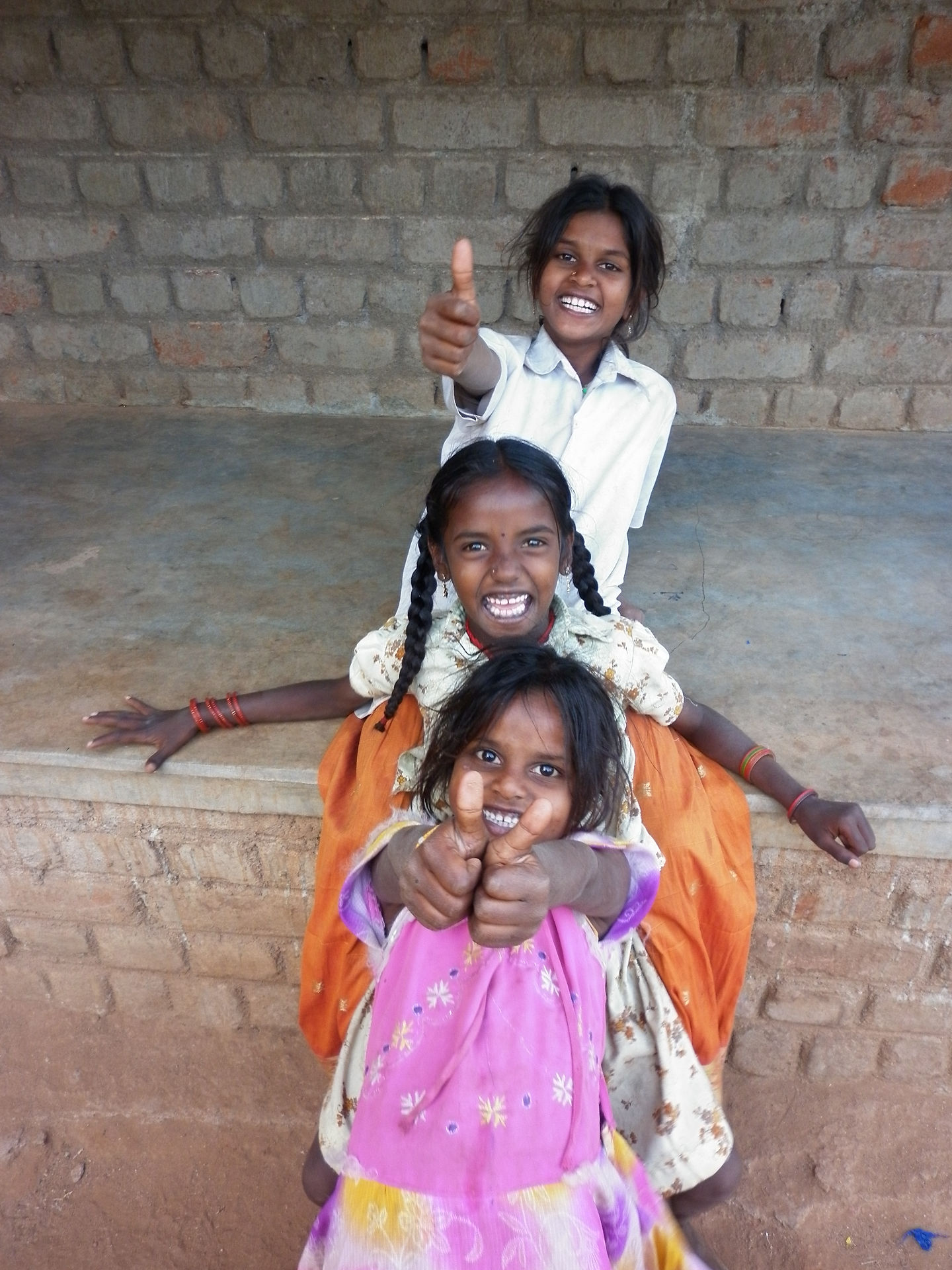
About us
For tribal children to go to school for the first time in a remote, isolated forest area, it takes more than just an ordinary school with ordinary teachers.


That's why we don't run ordinary schools with ordinary teachers.
Where schools become available for the first time, it is vital that the community feels a sense of pride, support and ownership over the schools to stop sending their children to the fields and start sending them to school.
Where children are born and raised in remote areas, it takes support, advocacy and encouragement to help them enter the school system and, eventually, higher education.
Where children are raised within a unique tribal culture that has had little exposure to the outside world, it takes teachers who can understand their language and support their way of life through their teaching style.
Where older children have never had a primary education, it takes special programs to help them develop literacy and numeracy to help them into the system or just to increase their capacity.
This is how we ensure that the community feels ownership over their school, children are supported and motivated, and we support employment of local teachers that understand the lives these children lead. To protect the culture they come from, without stifling their dreams for the future.
Our schools really are pretty special.
